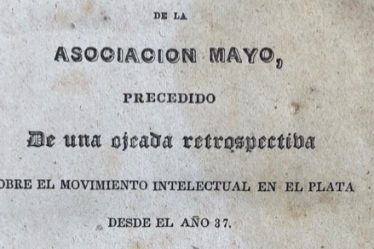Exceptional manuscript by Jesuit Joseph-Marie Amiot, Abregé chronologique de l’histoire universelle de l’Empire Chinois, written between 1770-1789, on the history of China, by the hand of Jesuit active during the second half of the 18th century, and one of the period´s greatest sinologists; appealingly illustrated and in its entirely genuine condition.
Amiot (1718 – 1793) was a French Jesuit Priest, missionary, sinologist, historian and astronomer; after his ordination as a member of Society he asked to be sent to China, sailing towards Macao in 1749, and arriving in 1750. A year later, 1751, Amiot arrived at Peking, where he stayed until his death. In China he gained the favour of the imperial Qianlong court –often employing himself as translator of Western languages. His time could not have been worst, notably for the forbidding of the Jesuit Order in 1764 and the revolution of 1789; the Chinese political climate and openness towards European influence had changed dramatically, long-gone were the days of Mateo Ricci and Ferdinand Verbiest. The persecution and martyrdom of Priests was becoming more frequent as the banning of the Christian faith was about to happen. These factors rendered his efforts of establishing the Catholic faith rather fruitless. However, Amiot´s passion for the customs, history, languages, and music of the country, made him carry on, becoming a scholar, well versed in Chinese overall culture -translating Sun Tsu´s Art of War and composing a Manchu-French grammar and dictionary. In his iconography, he is often portrayed with a beard and hat, resembling a Chinese scholar. The seminal work “Memoires concernant l’histoire, les sciences, les arts, les moeurs, les usages, etc. des Chinois: par les Missionaires de Pekin” (1766 – 91), is often attributed to him, although not its only author; his attribution as compiler points out to his vast knowledge of the country. Amiot’s work is to be regarded amongst the most significant contributions to the Western knowledge of Chinese culture and thinking. “While in China, he helped verify certain geographical locations, thereby making a major contribution to the perfection of the Jesuits’ project of mapping the empire.” (Encyclopaedia Britannica). At the end, the manuscript is dated and given authorship “fini à Peking l’an 1770 par Amiot”.
The work is divided into three parts, each dealing with different aspects of Chinese history: first part “contenant les tems Mythologiques ou fabuleux depuis Pan-Kou jusqu’à Fou-Hi”, second part “contenant les tems douteux ou incertains depuis Fou-Hi fondateur de la Monarchie; jusqu’à Hoang-Ly qui en est proprement le législateur”, and the third part “contenant tous les tems historiques ou certains depuis la 61e année du regne de Hoang-Ly, jusqu’à la 35e année du regne de Kien-Long, c’est à dire, depuis l’an 2637 avant jes. Ch. jusqu’à l’an 1770 de notre Ere vulgaire: Explication de la Planche 4me; Du cycle sexagénaire des Chinois; Des cycles chinois en général; Table chronologique de l’histoire chinoise terminant 2207 années avant J.C”. On ff. 2 is found the [Discours préliminaire à Monsieur Bignon, Conseiller d’Etat, bibliothécaire du Roi, Prevôt des Marchands &c. À Péking, 1769].
The illustration comprises four impressive large folding drawings in brownish and black ink [one representing the inside of a palace, another a writer in an idyllic landscape with exotic flora and fauna]; 19 mostly-folding tables, with measurements, and Chinese coinage; and drawings in text.
Provenance: ownership manuscript inscription “Jay payé ce vol en 1789 162 l[ivres] t[ournois]”; a manuscript of this text –however we cannot determine weather it was this one- was included in the sales catalogue of the library of M. J. G. de la Porte du Theil, Paris, 1816, n° 2893. Presented in Shanghai at the exhibition From gesture to language (26 April to 11 August 2013). There is another copy of this text at the BNF (Collection Brequigny).


